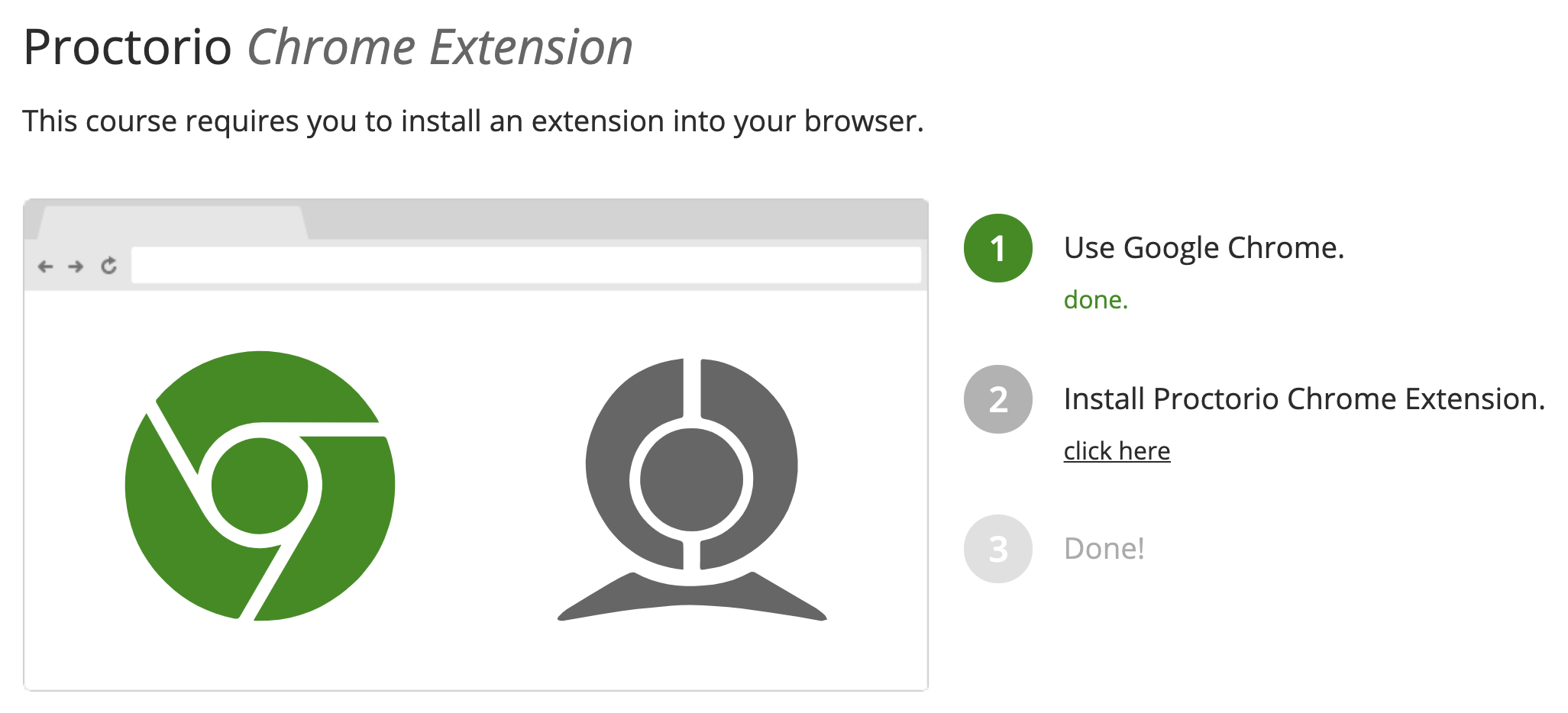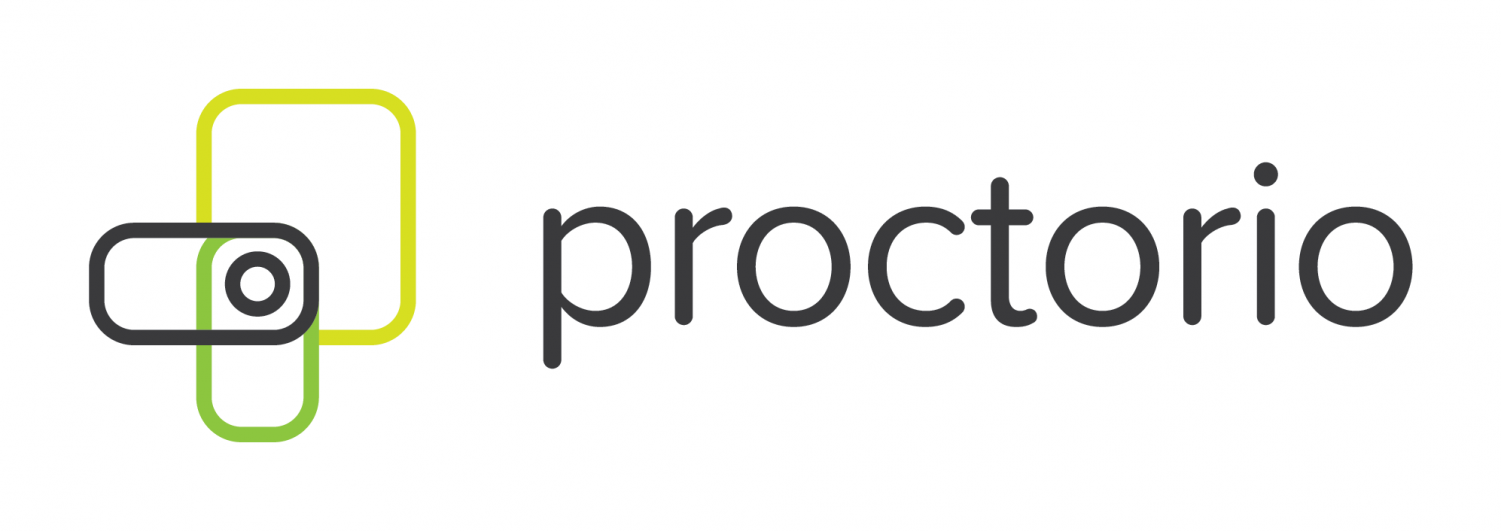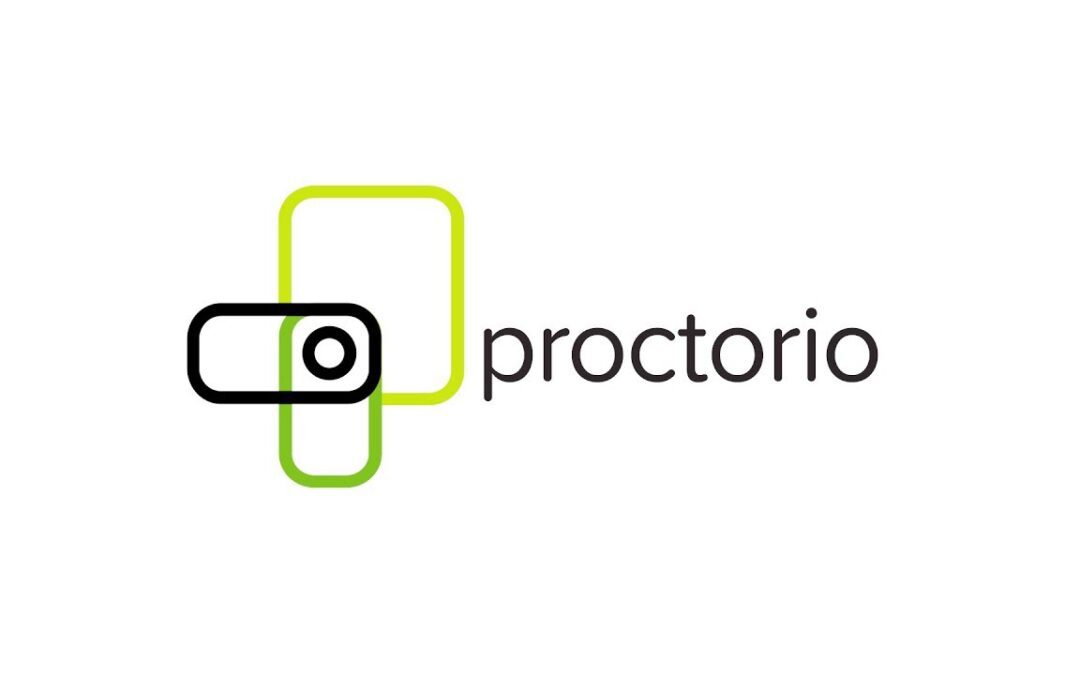Proctorio Disabled Clipboard - What You Should Know
Many students have recently noticed something a little unusual when taking online tests, especially if they use a proctoring tool. It seems their ability to copy and paste text, which is usually so simple, just stops working. This can be quite a surprise, particularly if you're used to moving information around your computer with ease. It can cause a moment of confusion right when you need to focus most, which is, you know, not ideal.
This unexpected situation, where the "moving words around" feature seems to disappear, often pops up during exams that use Proctorio. People are naturally curious about why this happens and what it means for their schoolwork. It's a question that comes up quite a bit, as a matter of fact, with students wondering if they've done something wrong or if their computer is acting up. It's really just a technical aspect of the system, but it can feel a bit jarring when you first run into it.
We are going to look closely at why your ability to share text might be put on hold during these important moments. We will also touch upon some of the related questions that come up for students, so you can feel a bit more ready for your next online test. It's about helping you understand the tools you use for your education, and how they operate, so you can focus on showing what you know, rather than worrying about your computer's behavior. We will try to explain it all, so you can feel pretty comfortable with what's happening.
- Cardi B Bbl Latest
- Anne Hathaway Net Worth
- Eric Northman Vampire
- Ilaria Catalina Irena Baldwin
- Daniella Varsano
Table of Contents
- What's Happening with Proctorio Disabled Clipboard?
- Is Apple's Clipboard Sync Involved with Proctorio Disabled Clipboard?
- Why Does Proctorio Disable Clipboard Functionality?
- What About Privacy and Proctorio Disabled Clipboard?
- Can Your Instructor See Everything When Proctorio Disabled Clipboard?
- How to Prepare for an Exam Where Proctorio Disabled Clipboard?
- What If You Have Questions About Proctorio Disabled Clipboard?
- Final Thoughts on Proctorio Disabled Clipboard
What's Happening with Proctorio Disabled Clipboard?
When you are taking an online test with Proctorio running, you might find that the usual method of taking text from one spot and putting it in another, the old copy and paste, simply does not work. You might try to grab some words from a question, or perhaps some notes you have open, and then when you go to put them down, nothing shows up. Or, even more confusingly, something completely different appears. One person mentioned that when they tried to move text to their phone, it seemed like Proctorio had stopped the clipboard on their phone too, instead of putting the original message there. This can be quite a puzzling experience, especially when you're in the middle of a timed assessment. It's almost like your computer forgets how to do a basic function, which can be pretty frustrating, you know?
This situation is not just a random glitch with your computer; it is usually a deliberate action taken by the proctoring software. The aim is to keep the testing environment fair for everyone. When you are unable to move words around, it makes it harder to quickly look up answers or share information with others during the test. So, while it feels a bit restrictive, it's actually part of the system's way of ensuring that the test is completed honestly. It’s a measure that helps maintain the proper conditions for an exam, so everyone has a level playing field, which is, in a way, what these systems are for.
The sudden inability to perform a common computer action can, of course, cause a little bit of worry or distraction. Students often wonder if this means other parts of their computer are being affected or if this is a sign of something bigger happening. It’s important to realize that this particular behavior is quite specific to the exam session and the tools put in place for it. It is not generally meant to mess with your computer beyond the needs of the test. Really, it's just about that specific moment, you know, during the exam itself.
Is Apple's Clipboard Sync Involved with Proctorio Disabled Clipboard?
One common reason for the "moving words around" feature being stopped, especially for those using Apple devices, is something called clipboard sync. This is a handy feature from Apple that automatically sends whatever you've copied on your Mac over to your other Apple devices, like your iPhone or iPad. So, if you copy something on your laptop, you can just paste it directly onto your phone without doing anything extra. It's a rather convenient way to keep your work flowing between devices, so it's understandable why people would have it turned on.
When Proctorio is active, this Apple feature can sometimes cause an issue. The proctoring software is set up to prevent the sharing of text during an exam to keep things honest. If Apple's clipboard sync is active, it might interfere with Proctorio's efforts to block the "moving words around" action. Proctorio might then take steps to stop this sync from working during the exam, which means that what you copy on your Mac won't go to your phone, and vice versa. This is actually a way for Proctorio to make sure its own rules about text sharing are followed, even with other device features in play. It's a bit of a clash between two different system behaviors, you know, one for convenience and one for security during a test.
So, if you find that your ability to move text around is stopped, and you use Apple devices, it's quite possible that this clipboard sync feature is playing a part. The proctoring tool is essentially trying to create a contained testing space, and any feature that allows information to leave or enter that space, like clipboard sync, might be temporarily put on hold. It’s a technical interaction, basically, between different parts of your computer's operations. Understanding this can help clear up some of the confusion when your usual computer habits are suddenly changed.
Why Does Proctorio Disable Clipboard Functionality?
The main reason Proctorio stops the "moving words around" feature is to help keep online tests fair and honest. When you're taking an exam, the people giving the test want to make sure that everyone has the same chance to show what they know, without any outside help. If you could easily copy text from the exam and paste it into a search engine, or copy answers from other sources into the exam, it would be much harder to know if a student's work was truly their own. So, the blocking of this feature is a way to reduce opportunities for academic dishonesty, which is, you know, pretty important for the value of your degree.
Think of it like this: in a traditional classroom exam, you wouldn't be able to just pull out your phone and look up answers or pass notes to someone else. Online proctoring tools try to create a similar kind of controlled environment. By stopping the "moving words around" action, they are putting up a barrier to prevent quick access to information that might be outside the scope of the test. It's a measure to ensure that the knowledge being tested is genuinely coming from the student taking the exam. This means the results are a truer reflection of what you have learned, which is, in some respects, the whole point of a test.
While it can feel a little inconvenient, this step is part of a larger set of actions Proctorio takes to secure the test. Other things might include monitoring your screen, looking at your eye movements, or checking for other people in the room. The "moving words around" block is just one piece of this puzzle, all working together to make sure the test is taken seriously and fairly. It's all about keeping the integrity of the educational process, which, you know, benefits everyone in the long run. It helps make sure that your hard work truly counts.
What About Privacy and Proctorio Disabled Clipboard?
A common question people have about proctoring tools, especially when they ask to do things like stop the "moving words around" feature, is about privacy. One specific question that comes up is, "If Proctorio cares about your private details, why does the add-on ask to enable all third-party cookies, not just the cookies Proctorio uses to operate?" This is a really fair point to bring up, as it touches on how much information a program collects and why it needs it. It’s a pretty significant question for anyone who cares about their personal data, which, honestly, should be everyone.
When a piece of software asks for broad permissions, like allowing all third-party cookies, it can certainly raise eyebrows. Generally, proctoring tools need to interact with various parts of your computer and the internet to create a secure testing environment. This might involve checking your browser settings, making sure certain websites are blocked, or even verifying your identity. Sometimes, these functions might rely on connections that involve different types of cookies. The argument from the software maker would be that these broader permissions are needed for the tool to work correctly and to prevent ways around the security measures. It's a technical requirement, they would say, for the system to do its job, so it's almost like a necessary evil.
However, it is completely reasonable for students to want clear explanations about what data is being collected, how it is used, and why certain permissions are requested. A company that truly cares about your private details should be open about its practices. If you're asked to allow all third-party cookies, it's good to understand if this is truly necessary for the core function of the proctoring or if it opens the door to other types of data gathering. It's about transparency, basically, so you know what you are agreeing to. You have a right to know how your information is handled, which is a very important part of using any online service.
Can Your Instructor See Everything When Proctorio Disabled Clipboard?
Students often wonder just how much their teacher can see when proctoring software is running, especially when something like the "moving words around" feature is stopped. The question, "Can my instructor see what I copy and?" is a very common one. The answer depends a lot on how the instructor sets up the exam and what features they choose to activate within the proctoring tool. Proctorio, for instance, only runs during the exam itself, and the settings for what it monitors are picked by your teacher. This means some instructors might have more watchful settings than others, so it's not always the same experience for every test.
Generally, proctoring software like Proctorio is designed to keep an eye on various things to ensure a fair test. This can include monitoring your screen activity, like which programs you have open or if you're trying to switch between different tabs in your web browser. It might also track your eye movements to see if you're looking away from the screen often, or listen for sounds in your room. When it comes to the "moving words around" action, if that feature is stopped, it's usually because the system is preventing it from happening at all, rather than specifically recording what you tried to copy. However, any attempt to bypass the system's security measures might be flagged as unusual activity, which could then be reviewed by your teacher. So, while they might not see the exact words you tried to move, they might see that you attempted to use the clipboard when it was supposed to be stopped, which is, you know, a different kind of observation.
It's important to remember that the main goal is to uphold academic honesty. The software is a tool to help with this. Your instructor generally won't be watching a live feed of your every move in a personal way. Instead, the system records data and flags anything that seems out of the ordinary for later review. So, while the "moving words around" feature being stopped is a direct action by the software, any attempts to use it could be part of the overall data collected about your test session. It’s all part of creating a secure environment for your exam, basically, so you can focus on the questions without worrying about outside distractions.
How to Prepare for an Exam Where Proctorio Disabled Clipboard?
Knowing that the "moving words around" feature might be stopped during an exam can help you get ready. The best way to prepare is to understand what to expect and make sure your computer setup is ready. First off, if you use Apple devices, it's a good idea to temporarily turn off that clipboard sync feature before you start your exam. This can prevent any conflicts with the proctoring software and help things run more smoothly. You can usually find this option in your system settings, and it's pretty easy to switch on or off. Doing this ahead of time can save you a little bit of trouble during the test itself.
Beyond the clipboard, remember that proctoring tools might ask you to close other programs or web browser tabs. The input text mentioned, "Proctorio only runs during the exam and, depending on the settings enabled by your instructor, may require you to disable other applications or tabs during the course of your exam." So, before your test begins, take a moment to close anything you don't need. This includes chat programs, email, social media, and any other browser windows that aren't related to your exam. This helps create a clean testing space, which is, frankly, what the software is looking for. It also helps you stay focused on the questions at hand, which is, you know, a good thing.
Also, always read the specific instructions your instructor gives you for the exam. They might have particular requirements or tips for using the proctoring software. Doing a practice test, if one is offered, is also a really good idea. This lets you experience how the software works, including if the "moving words around" feature is stopped, without the pressure of a real exam. Being prepared means fewer surprises, so you can put all your energy into answering the questions. It's about setting yourself up for success, basically, by taking a few simple steps beforehand.
What If You Have Questions About Proctorio Disabled Clipboard?
It's completely normal to have questions or concerns about how proctoring software works, especially when it affects basic computer functions like the "moving words around" feature. If you find yourself wondering about anything related to Proctorio stopping your clipboard, or any other aspect of its operation, don't keep it to yourself. The source text suggests, "Post any question and get expert help quickly." This is a good piece of advice, as getting clear answers can ease your mind and help you perform better.
Your first point of contact should usually be your instructor. They are the ones who set up the exam and chose the proctoring settings, so they can often provide specific information about what to expect. If your instructor can't help, or if your question is more technical, your school's IT support or technical help desk is another excellent resource. They deal with these kinds of issues all the time and can often walk you through solutions or explain things in more detail. It's really just about knowing who to
- Katy Perrys Current Relationship Status
- Kensington Palace Map
- Astrology June 22
- Edvin Ryding
- Rihanna Stop The Music Lyrics

Proctorio - Getting Started for Students | Office of Information Technology

Teaching Tools FAQs - Blended and Online Learning - LibGuides at Molloy

So, how does Proctorio work? | UOWTV